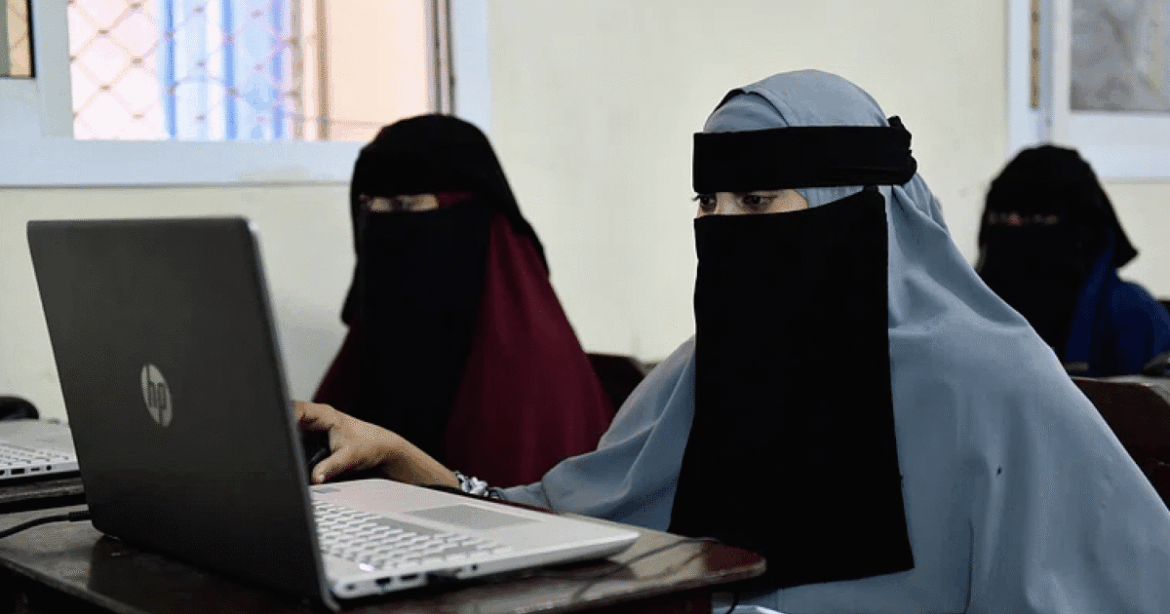In a development that has sent shockwaves through Austria’s political and cultural landscape, newly released statistics reveal that Muslims now constitute the largest religious group in Vienna’s compulsory schools—surging to 41.2% across all educational levels. What was once dismissed as hyperbole or fearmongering by nationalist parties is now stark statistical reality, and it’s forcing the country to confront uncomfortable questions about identity, integration, and the sustainability of multiculturalism.
A Demographic Tipping Point, or Cultural Collapse?
For many Austrians, particularly supporters of the right-wing Freedom Party (FPÖ), the numbers represent not just a shift in religious affiliation but a civilizational pivot. The once-dominant Christian majority has shrunk to 34.5%, while the irreligious and various minority faiths trail far behind. What’s more telling than the raw figures is the trajectory: a slow but relentless march away from traditional Austrian identity, with each year ushering in a new milestone of transformation.
FPÖ leaders are no longer sounding warnings—they’re sounding alarms. “This is no longer immigration. This is displacement,” declared Maximilian Weinzierl, the party’s youth wing leader. The phrasing is potent—and deliberate. To many in the nationalist camp, this is nothing short of a cultural siege.
The Classroom as a Battleground
Austria’s classrooms, once envisioned as places of equal opportunity and civic education, are now described by some teachers and parents as “unrecognizable.” Language barriers dominate daily instruction, cultural clashes disrupt learning, and growing pockets of antisemitism, misogyny, and anti-Western sentiment have been reported. The chaos, according to educators, is no longer the exception—it’s becoming the norm.
One striking anecdote illustrates the point: a mother claims her child’s class of 22 has only three German speakers. Teachers reportedly spend most of their time repeating instructions, not teaching. Evelyn Kometter, head of the National Parents’ Association, confirms that education is suffering under these conditions. “By the time students finally understand the instructions,” she says, “two-thirds of the lesson is already over.”
And it’s not just the curriculum suffering. Staff morale has plummeted. Union official Thomas Krebs revealed that on a single day, he received 20 resignations from teaching staff overwhelmed by the daily reality in migrant-majority schools.
The Political Establishment: Blind or Complicit?
Despite acknowledging the challenges, Austria’s progressive government refuses to pull the emergency brake. Instead, they’ve proposed a new curriculum initiative, “Living in a Democracy,” which aims to promote tolerance and diversity starting from the youngest grade levels.
But critics argue that this well-meaning effort amounts to painting over a crumbling wall. “They’re trying to teach democratic values in an environment where many students outright reject them,” said one Vienna-based educator anonymously. Even left-leaning officials like NEOS party member Bettina Emmerling have admitted that many Muslim students exhibit “growing rejection of gender equality and democratic norms.”
And yet, integration policies remain toothless, migration continues at a steady clip, and the state’s solution appears to be not cultural cohesion, but spatial expansion: more schools, more concrete, and more temporary classrooms to keep up with the numbers.
From Integration to Invasion?
Martin Sellner, a prominent right-wing voice in Austria, did not mince words. “This is a brutal population replacement,” he said, labeling the demographic shift “the biggest crime of the 21st century.” His call for “remigration” may be controversial, but it’s also gaining traction among citizens who feel ignored by mainstream parties.
To them, this isn’t just about numbers—it’s about sovereignty. About language. About identity. And most importantly, about whether a nation has the right to remain what it has always been—or whether it must dissolve into the indistinct gray of multicultural bureaucracy.
A Nation at the Crossroads
Vienna’s schools offer a window into Austria’s future—and for many, it’s a chilling one. The capital is transforming at a rate that few could have predicted and even fewer are willing to admit. With each new data release, the FPÖ’s once-radical warnings sound more like prophecy fulfilled.
Austria is now faced with a question that will define its national destiny: Will it course-correct, enforce meaningful integration, and preserve the cultural fabric of its identity? Or will it continue to drift, anesthetized by political correctness, until it wakes up a stranger in its own homeland?
Either way, the battle for Austria’s future is no longer theoretical. It’s being fought, quietly and daily, in the classrooms of Vienna.
Title: “The Classroom Coup: How Vienna’s Schools Became Ground Zero for Austria’s Cultural Crisis”

